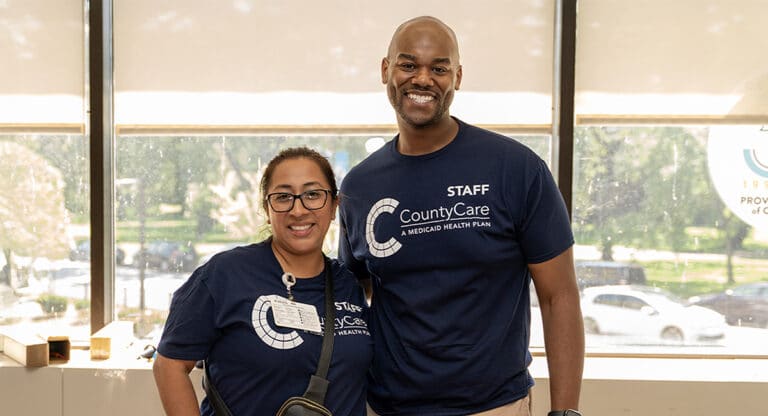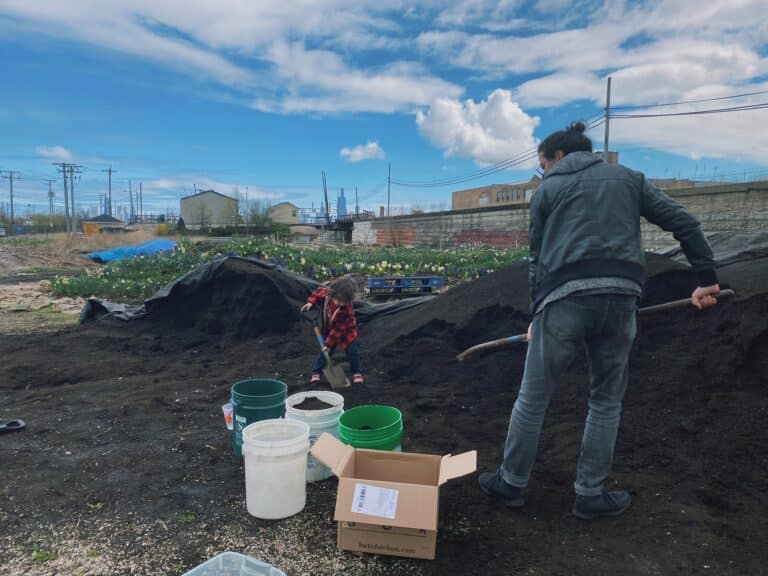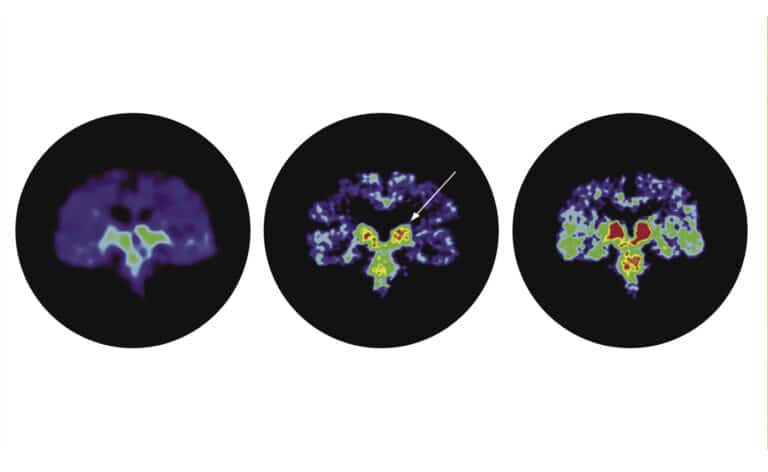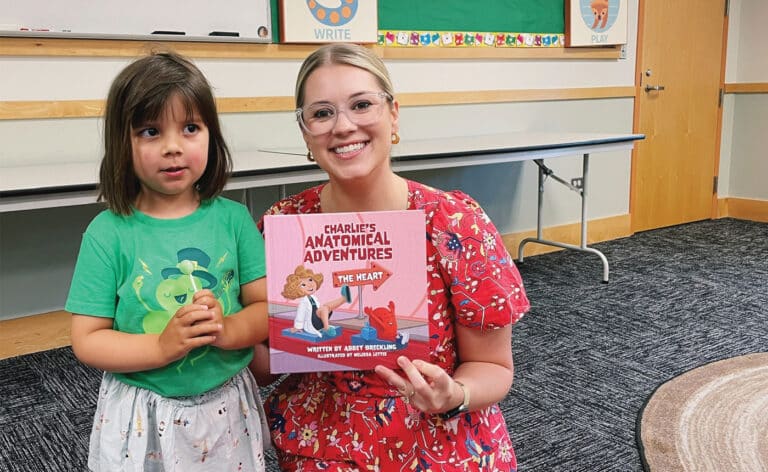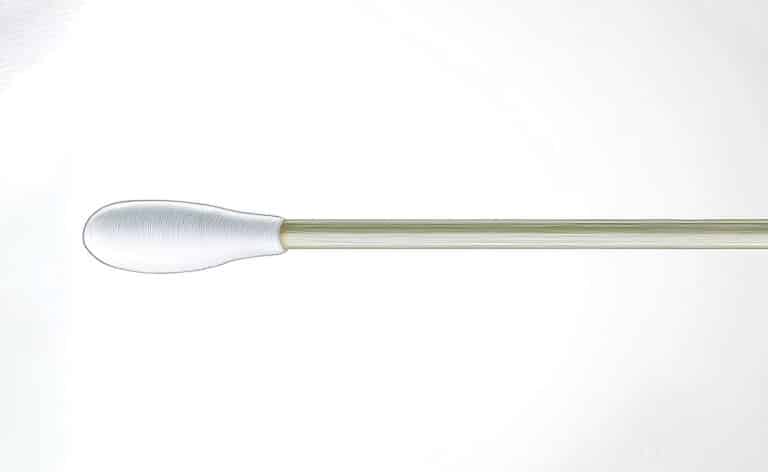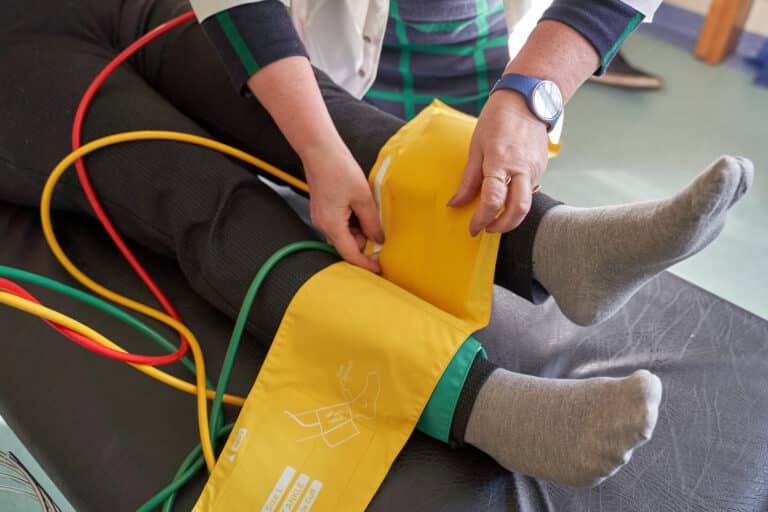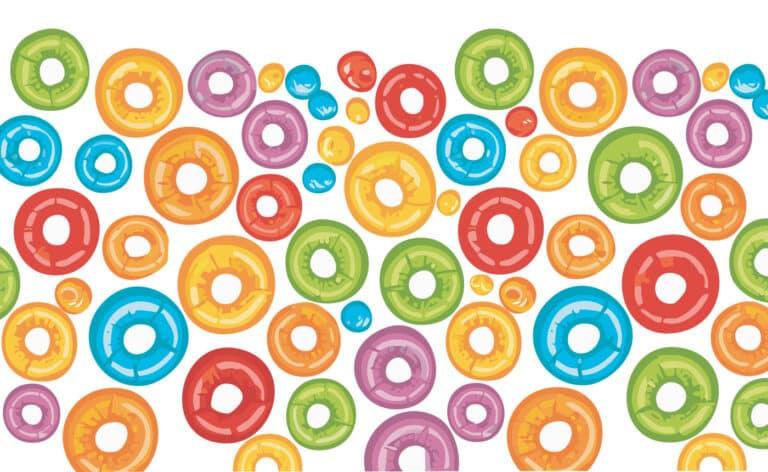The journey to eliminate periprosthetic joint infections
Fact checked by Jim Lacy
Infections after surgery are always a risk. They can take a toll on the patient’s recovery and quality of life, leading to serious complications if not treated properly. When infections happen in the structures near a joint replacement implant, they can be especially complicated, requiring a specialized treatment approach due to the artificial joint’s presence.
The risk for periprosthetic joint infections (infections near orthopedic implants) is 1% to 2%. But orthopedic surgeons want that number to be zero.
Treating infections can be very costly to the patient and from a resource standpoint, says Ravi Bashyal, MD, Endeavor Health orthopedic surgeon, a vice chairman for the department, and director of outpatient surgery. They involve more follow-up appointments, potential hospitalization, medication and monitoring, and in some cases additional operations.
The good news is that advancements in prevention techniques are paving the way for improved infection control. These innovations, though not yet universal, have shown remarkable success in reducing infection rates.
What is periprosthetic joint infection?
Periprosthetic joint infection (commonly called PJI) happens when the artificial joint replacement, including the bone and soft tissues around it, become infected. Hip and knee replacement surgeon Robert A. Burnett III, MD, of Midwest Orthopaedics at Rush, says bacteria are the primary cause of PJI.
Viruses, however, can negatively impact the immune system’s ability to defend the body from infection and increase risk of periprosthetic joint infection.
Burnett says infection can occur from several sources, including:
• Intraoperative contamination
• Blood infection, in which bacteria enters the bloodstream from a cut in the skin, the respiratory, digestive or urinary tract
• Poor wound healing
• When the metal or plastic materials used in joint prostheses provide a surface for bacterial adherence
Antibiotic resistance also increases risk, Burnett adds.
However, PJI cannot be treated with antibiotics alone. Bashyal specializes in minimally invasive and outpatient hip and knee replacements. He says that once the infection has established itself, further surgery is necessary to fully address it.
“You cannot treat periprosthetic joint infection with just antibiotics,” Bashyal says. “It’s an operation where you have to go in at minimum, wash everything out, and clean it up with a lot of fluid.”
Journey to destination zero
Getting to zero infections may prove impossible. From antibiotic resistance, to factors such as obesity, diabetes, smoking, and immunocompromised states — any one of these can obstruct a 0% infection rate. “These all increase the risk of infection and complicate treatment,” Burnett says.
PJIs can be difficult to diagnose early as symptoms may be subtle at first or mimic the normal inflammatory response after surgery. “It’s important to speak with your surgeon early if you have any concern about the appearance of the wound or increasing pain in the joint after surgery, as timely treatment can drastically improve the chance of success,” Burnett says.
Bashyal remains undeterred. He’s on a mission to get the PJI rate to zero.
Prior to his research, Bashyal’s surgeries had an average infection rate around 0.4%. Although well below the average infection rate, for him, it wasn’t good enough. “If you do 500 or 600 cases a year, that’s still one or two patients every year who are going to get an infection. For me, that was too much.”
Because the infections are so difficult to treat once they show up, Bashyal says, “My mindset is: Let’s stop it from happening in the first place.”
Modern innovations — think: million-dollar robots for placing state-of-the-art implants — have transformed surgery in recent years. Meanwhile, wound cleaning has remained unchanged for half a century — except in Bashyal’s operating room.
He has initiated one minor change that seems to have made a major impact. “As we’re doing the surgery and at the end of the surgery, we use sterile solution to wash out the wound,” Bashyal says. “The one I use is a sterile citric acid-based, antimicrobial solution. Historically there are a lot of other methods. In total joint replacement it has been sterile saline and betadine.”
Bashyal published an article about the approach in the Journal of Arthroscopy in 2022. The citric acid-based solution kills bacteria on contact but is not cytotoxic to the normal tissue around it. Over the next five hours, the solution stays around the joint fighting bacteria.
The other factor involves bandaging the wound. Bashyal uses a technique called negative-pressure wound therapy. The technology-advanced dressing includes a separate strip of silver added to the dressing bandage. The metal has an antibiotic property to it, he says. The dressing compresses the wound, decreasing inflammation, infection, and wound complications.
“The combination of irrigation and negative pressure over hip and knee wounds has been shown to significantly reduce the infection rate,” he says. “We’ve had a 0% infection rate over the course of three years in approximately 1,500 patients.”
By educating the medical community on these advanced methods, Bashyal hopes to make these preventative measures more widespread and the 0% infection rate less elusive than ever.
Originally published in the Spring/Summer 2025 print issue.

Janis MVK is the founder of a content writing and marketing creation house, specializing in the art of words and marketing management.


